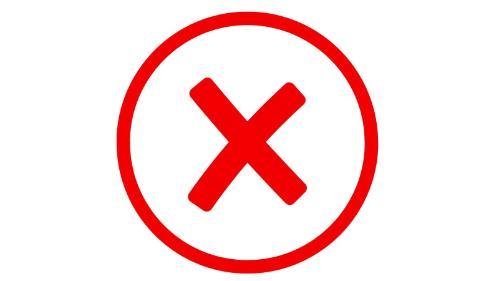Plagiarism is using or copying someone else’s ideas or work without providing proper acknowledgement. This includes using words, images, designs, code, or any other intellectual or tangible work created by something or someone else (including, but not limited to, researchers, authors, journalists, academics, artists, other students and GenAI).
There are various types of plagiarism:
|
Type of plagiarism |
What does it look like? |
|
Copying |
Duplicating a source, in part or in full, without using quotation marks and/or providing acknowledgment |
|
Self-plagiarism |
Using any part of your work from previously submitted assessments |
|
Copying other people’s work |
Presenting other people’s unpublished work, in part or in full, as your own independent work, with or without their permission |
|
Inappropriate paraphrasing/quoting |
Integrating ideas from another source with very few changes, without using quotation marks and/or without acknowledgement |
|
Inappropriate citation |
Acknowledging a source that you have not used and possibly learnt about from another unreferenced source |
Even if the lack of acknowledgement is unintentional, it is still plagiarism and therefore, a serious offence at university.
Proper acknowledgement
Proper acknowledgement means providing a correct reference in two ways:
- In-text citation: Within your work indicating when you have used information from a source.
- Reference list: Detailed information about the source in a list of sources at the end of your assessment.

